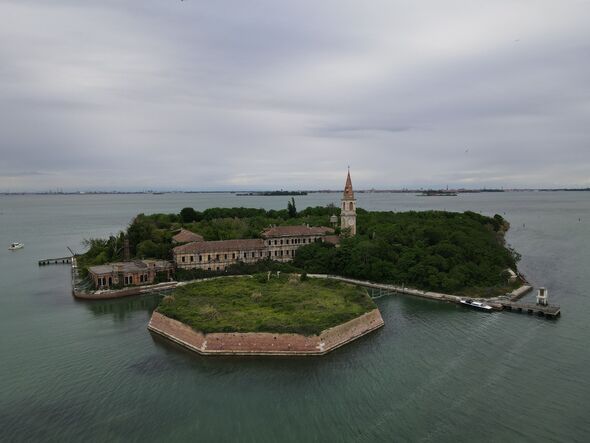
is home to many spectacular places. From the to the and the , it's no surprise that millions of people visit every year.
But just off the coast of is a place that has been described as haunting and dangerous, so much so that are banned from visiting. The island is called Poveglia and it's made up of three small parts. One is covered in overgrown plants, another contains crumbling buildings, and the smallest (shaped like an octagon) was once used as a .
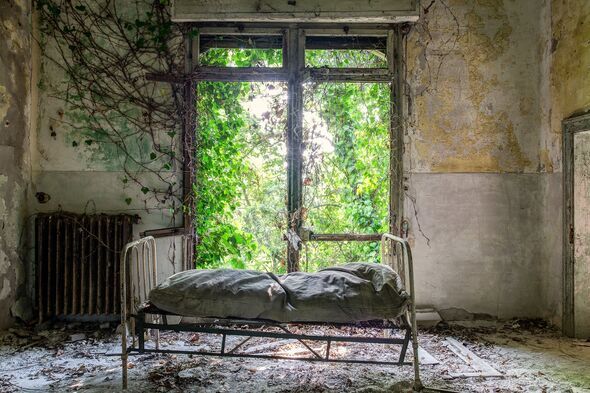
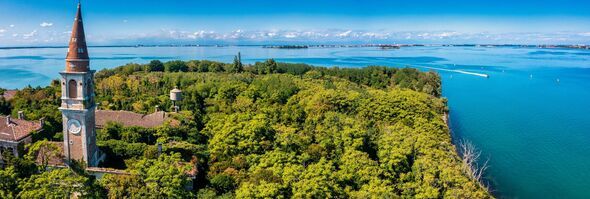
What makes it truly terrifying, though, is its history. In the 18th century, Poveglia was used as a quarantine station during outbreaks of the plague.
When ships arrived in 1793 with suspected cases on board, they were diverted to the island, according to Walks of Italy. With other quarantine stations full, Poveglia quickly became a dumping ground for plague victims.
Tens of thousands of people are believed to have died there, with many buried in so-called "plague pits."
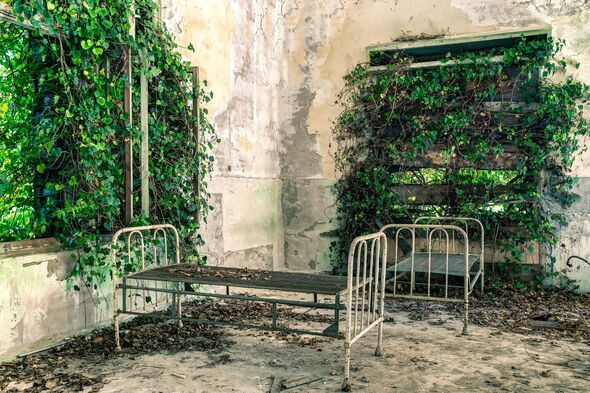
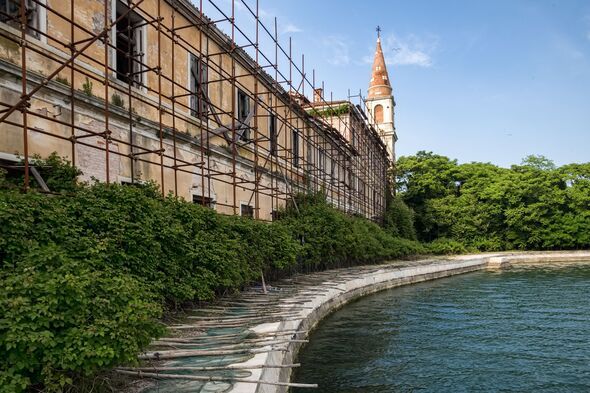
Some reports even claim that human ash was once mixed into the island's soil.
Later, in the 20th century, Poveglia was turned into a psychiatric hospital.
Walks of Italy said the hospital brought new disturbing stories, including local legends of a doctor performing cruel experiments and eventually jumping from the bell tower.
While there's no official record of the so-called "mad doctor," the hospital did exist, and stories of eerie noises and ghost sightings still surround the island today.
But it's not just the legends that make Poveglia so off-limits.
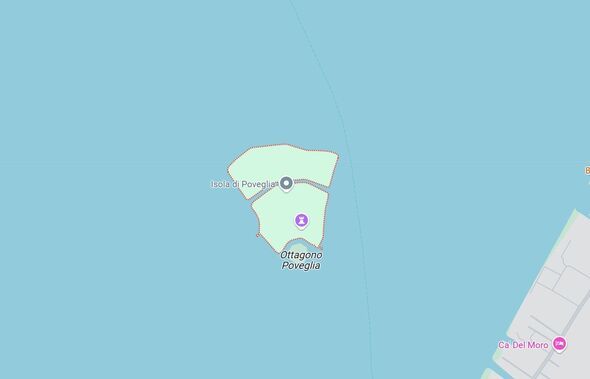

The buildings are now dangerously unstable. Most staircases have collapsed, ceilings are falling in, and thick vegetation has taken over large parts of the island.
Because of this, local authorities have banned casual visitors.
Access is only allowed for official reasons, such as research or filming, and even then, visitors are warned of the real risk of injury or death due to the condition of the ruins.
As of June 2025, the island remains closed to the public, with no new plans to open it up for tourism.









